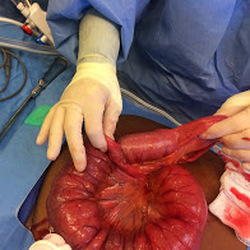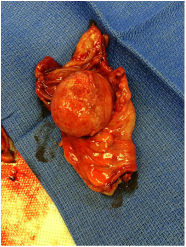Recently, the non-profit Cleveland Clinic Foundation announced plans to close its community hospital affiliate in the near west side community of Lakewood. The closing will coincide with the opening of a new $220 million, 400, 000+ square foot combo hospital/outpatient health center in the city of Avon, further to the west. This comes on the heels of the closure of the Clinic's Huron Road Hospital in East Cleveland in 2011 and subsequent expansion of its main east side community hub, Hillcrest Hospital. Some relevant bullet points to consider:
- *Estimated Median Household Income East Cleveland: $19,000
- *Population Change East Cleveland, OH since 2000: -35%
- *Estimated Median Household Income of Suburban Communities Surrounding Hillcrest Hospital: $90,000
- *Cost of Cleveland Clinic "Hillcrest Expansion" in 2010-2011: $163 million
- *Estimated Median Household Income Lakewood, Ohio: $40,000
- *Estimated Median Household Income Of Westlake, Avon, Avon Lake: $75,000
- *Population Change Avon, OH since 2000: +90%
- *Population Change Lakewood, OH since 2000: -9.3%




 RSS Feed
RSS Feed